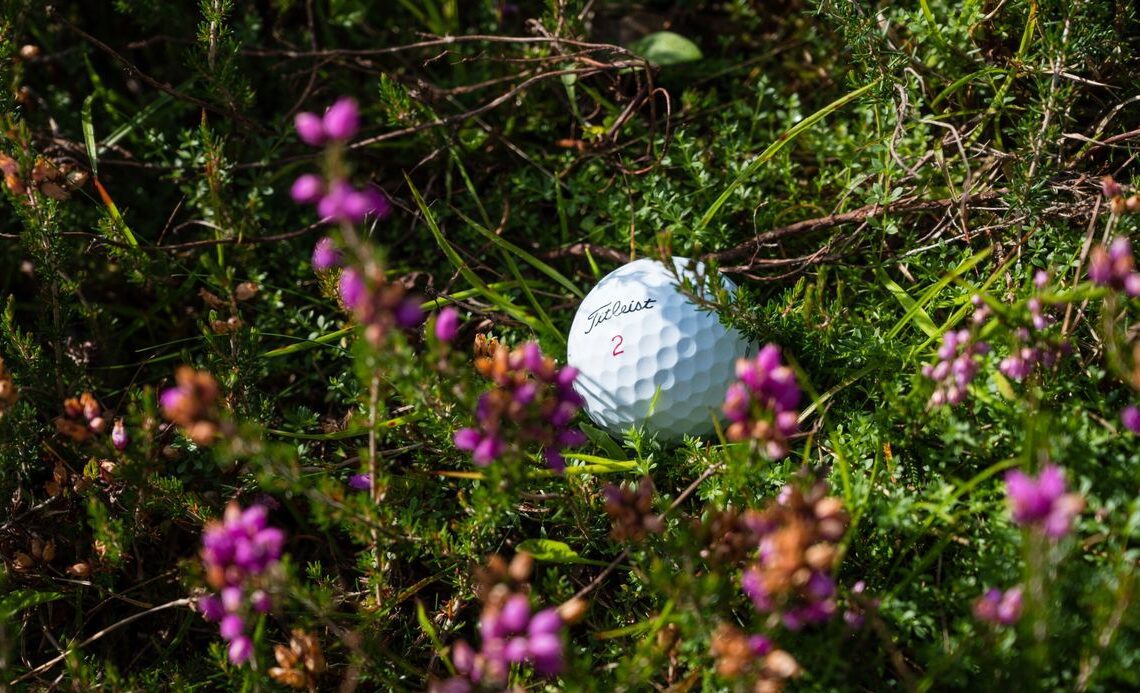For some it’s a regular routine, for others it’s a simple case of only letting go once the ball is lost. But how often should you change your golf ball? What should you be looking out for and how badly do scuffs and cut marks affect performance? We take a look…
The most simple answer to the question of how often should you change your golf ball is that there are no set rules. Some Tour players change their ball after a certain number of holes, but the truth is, this is more based on superstition than the diminishing quality of the ball itself.
The chances are that an amateur doesn’t do this and instead will keep their golf ball in play for longer than the players on Tour. Partly because they aren’t too focused on the brand of the golf ball, but also because of the cost of changing your ball frequently.
Related: How To Clean Your Golf Clubs
Most amateurs will use a different variety of ball, whereas professionals will stick with one make.
(Image credit: Tom Miles)
In recent years, equipment manufacturers have made major strides to improve the durability of their balls. The days of catching an approach shot slightly thin and seeing a smiley face on your Balata are well and truly gone.
Nowadays, golf balls can withstand a multitude of different strikes and environments. Better paint finishes and more robust construction make modern golf balls far more resilient. However, there are some unavoidable marks to look out for…
Scuff marks
More often than not these occur when the ball comes into contact with a tree or road. However, golf balls can scuff when they come into contact with wedges during pitch or bunker shots. The sharp grooves, combined with the length of time the ball stays on the face, can roughen the surface of the ball.
Just a single bunker shot can cause a scuff to your golf ball
(Image credit: Tom Miles)
Either way, a scuff mark is not necessarily a sign the ball needs to be removed from play. Our advice would be to clean the ball and then see how bad it looks.
Play with it for a hole or two and you are likely to find the scuff mark does not affect the performance of the ball. Take a close look at it and, of course, if the ball is out of…
..
Click Here to Read the Full Original Article at Golf Monthly RSS Feed…
